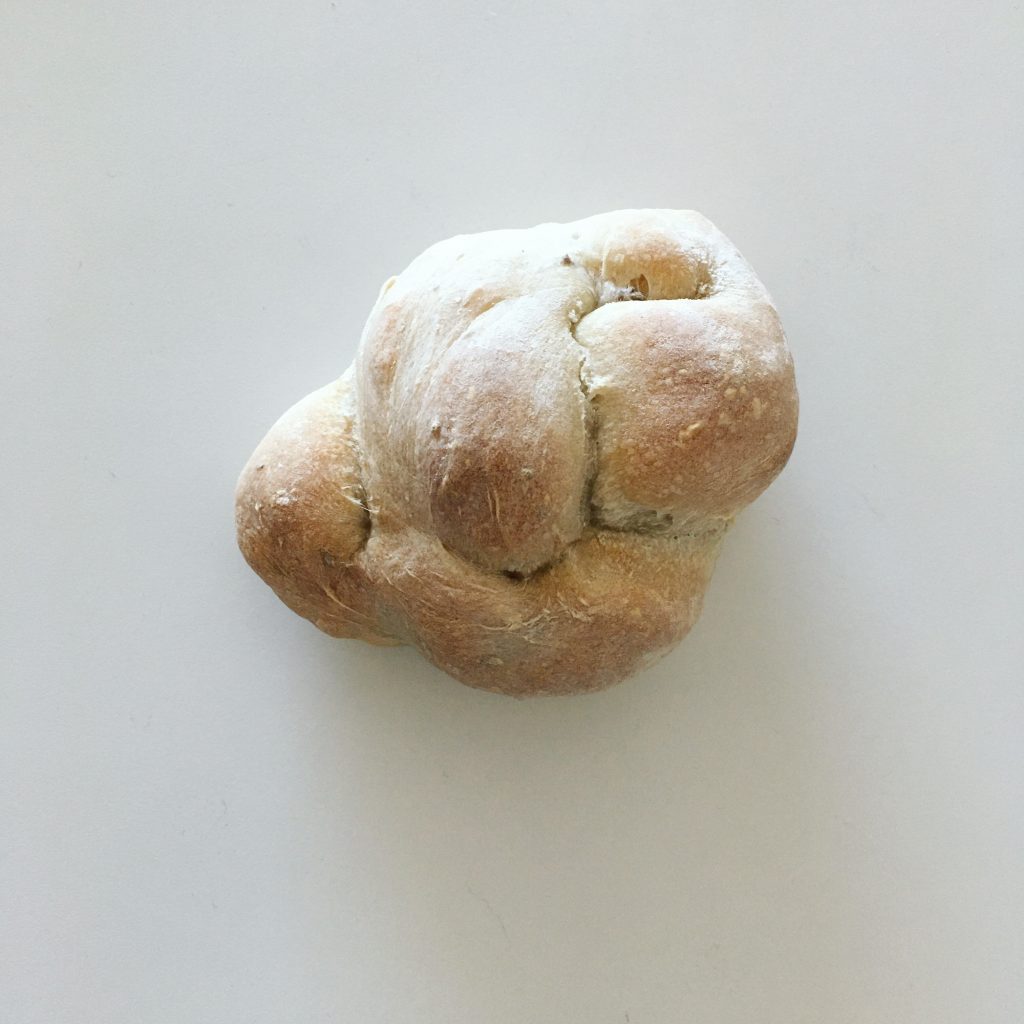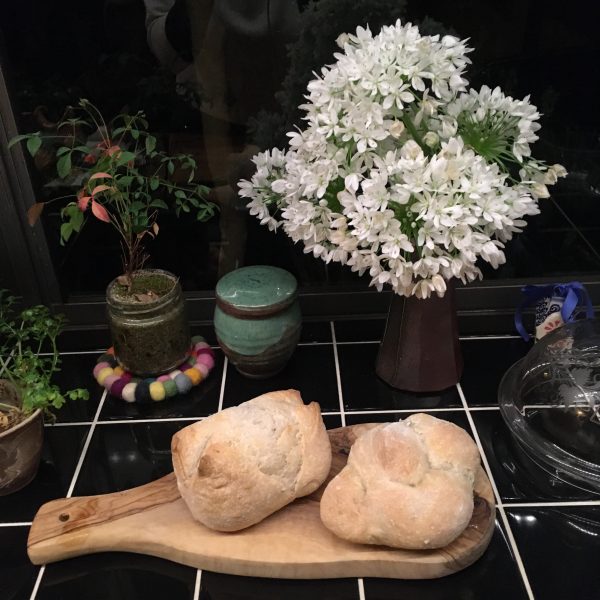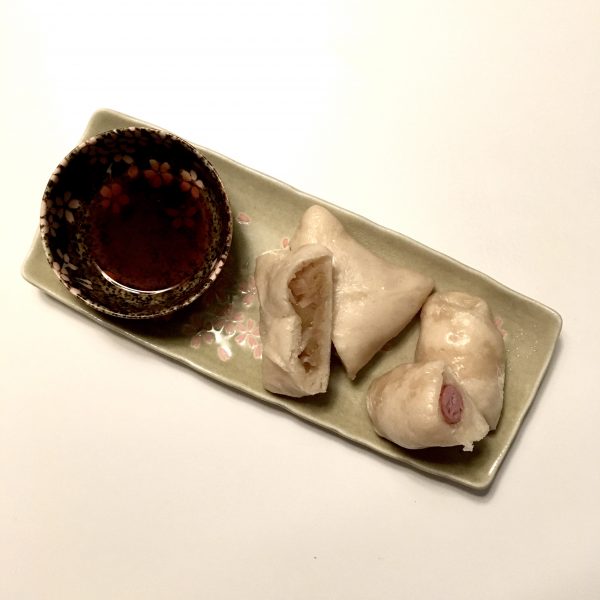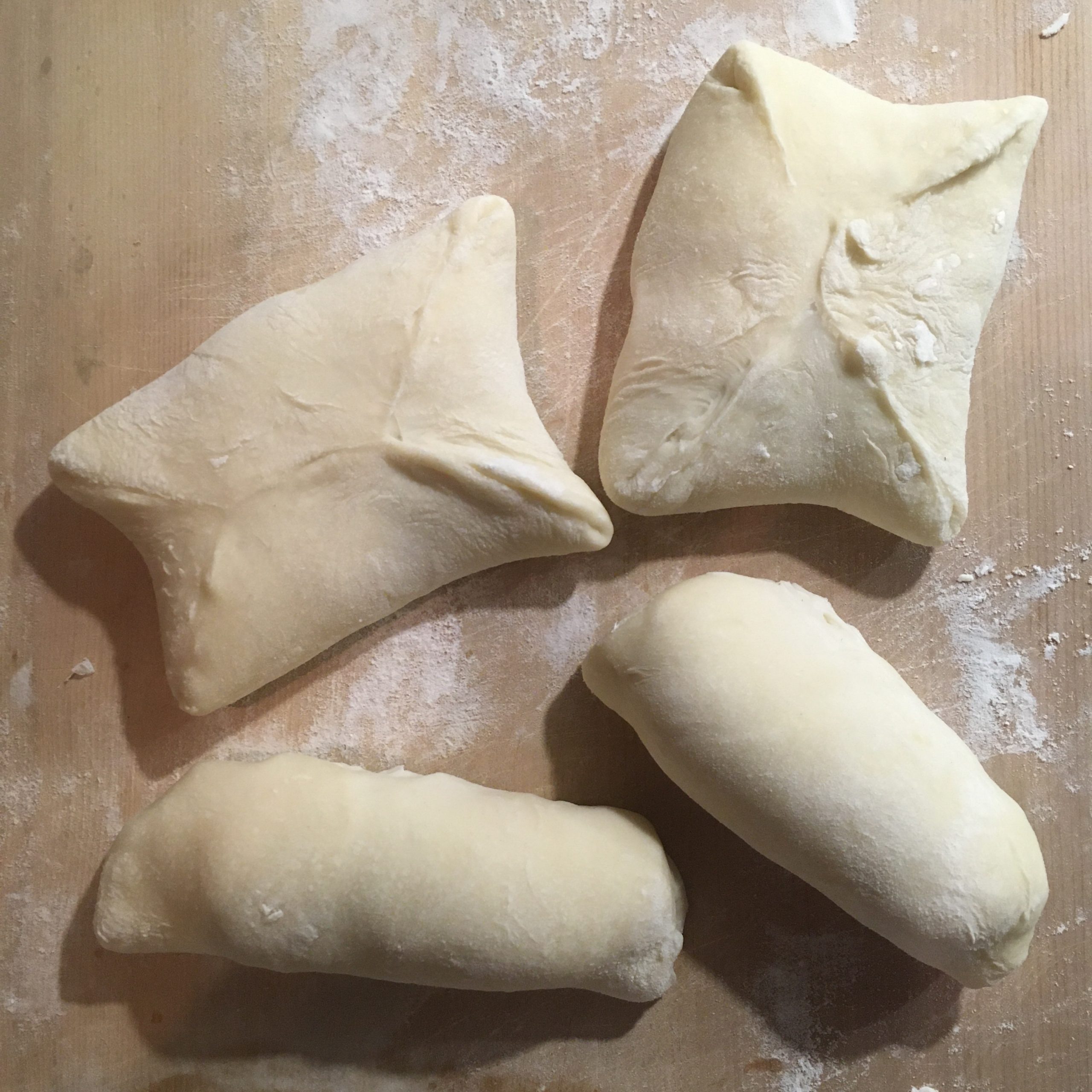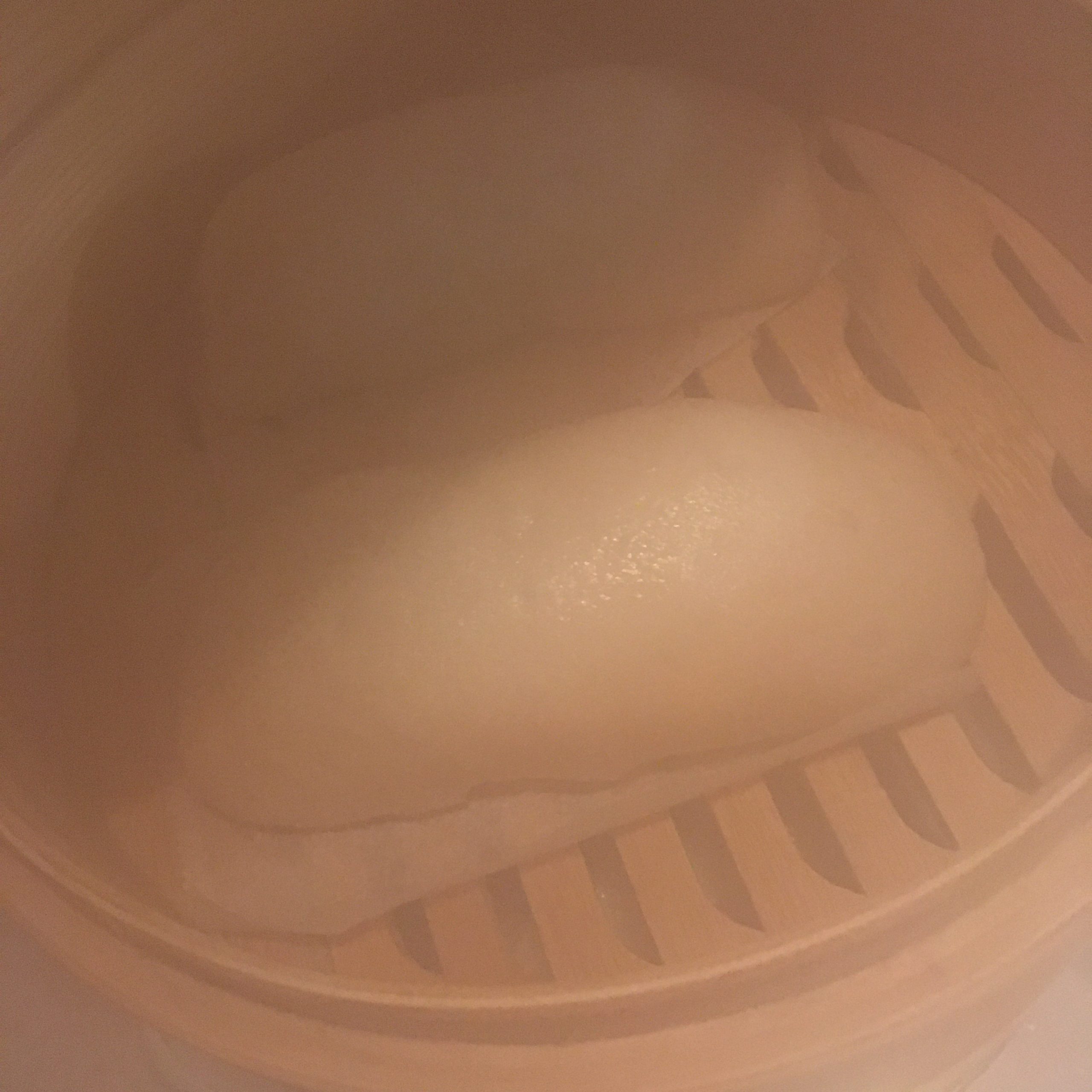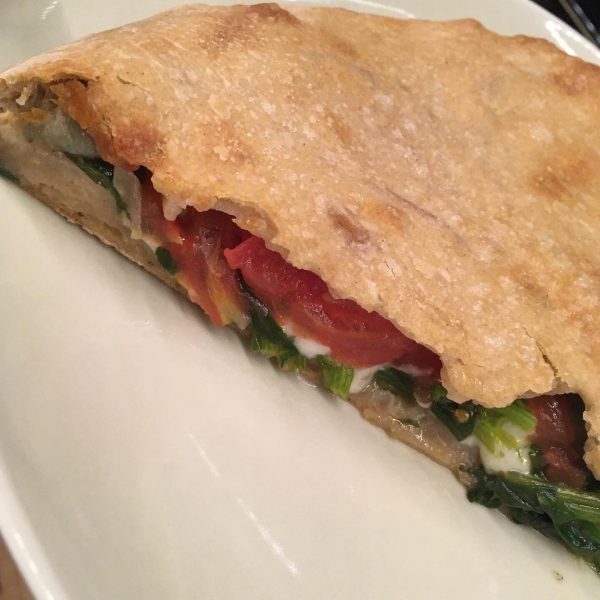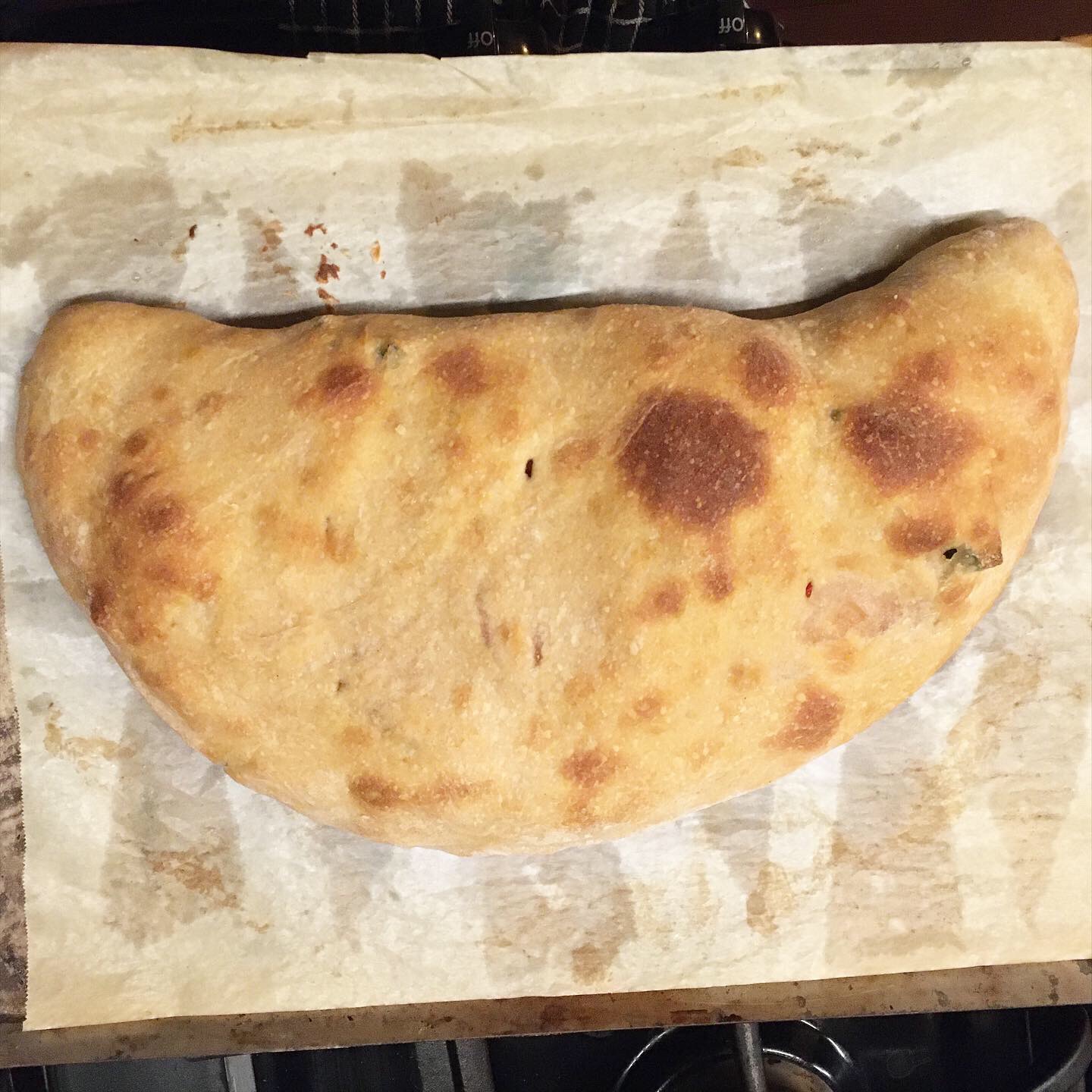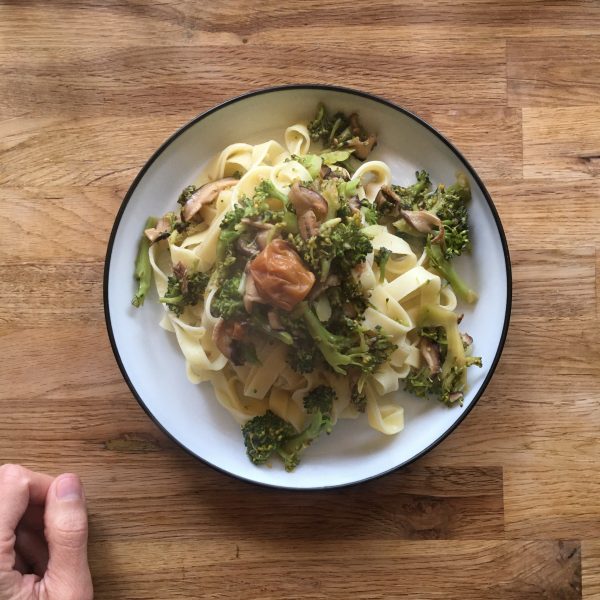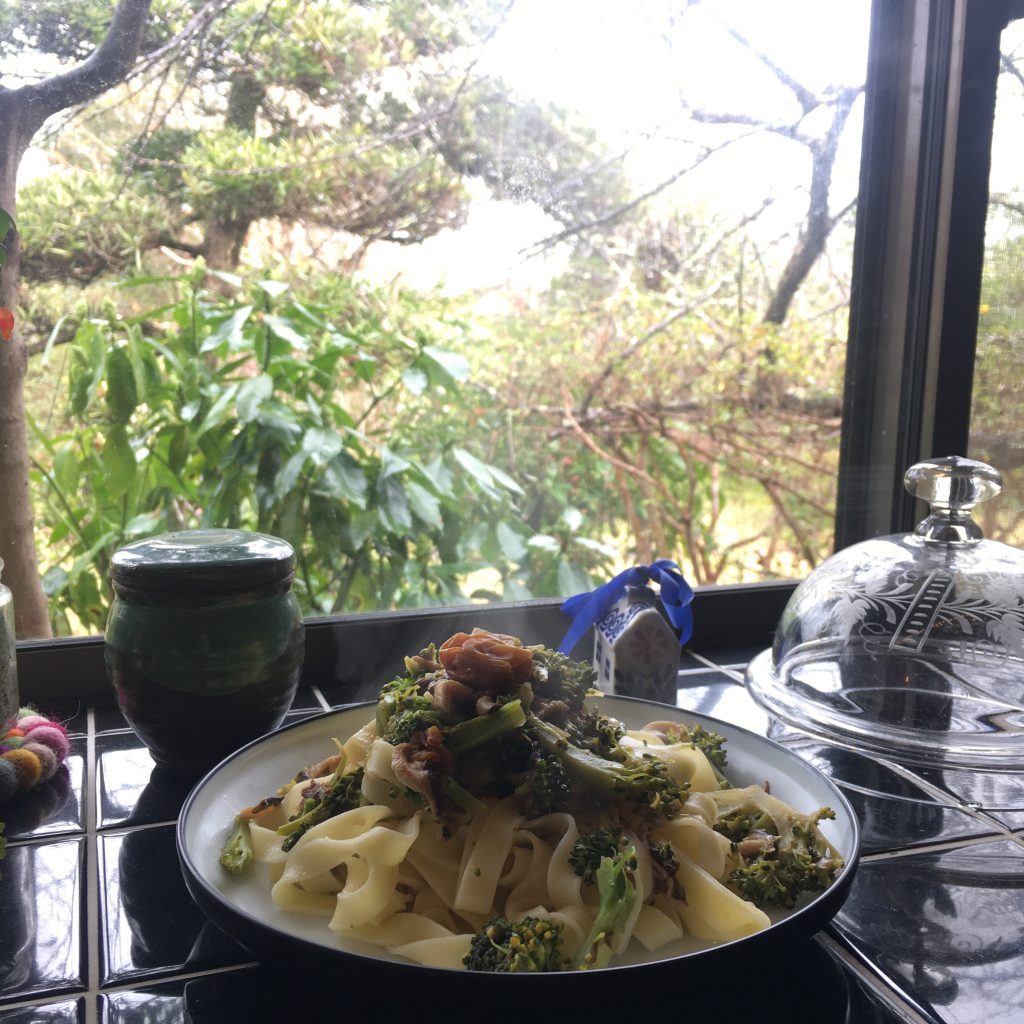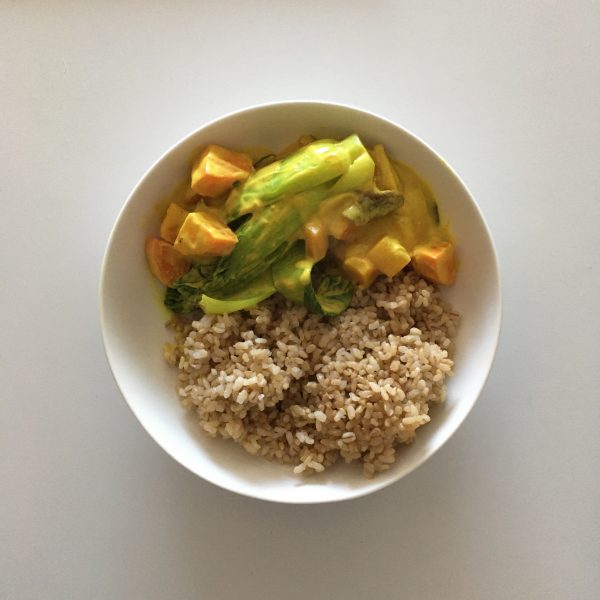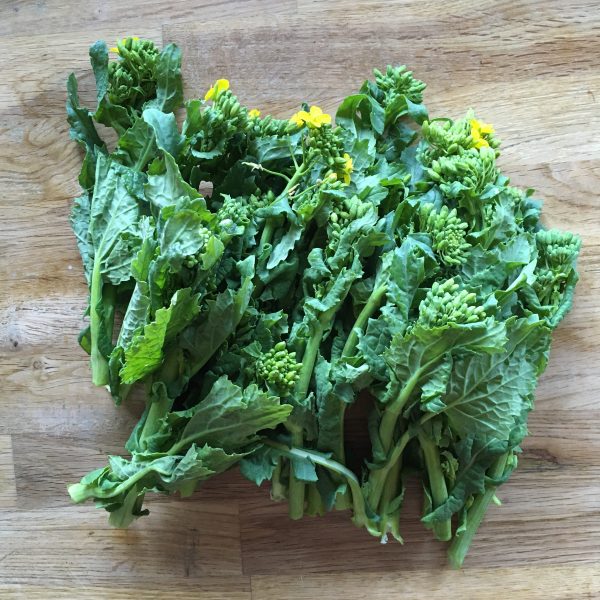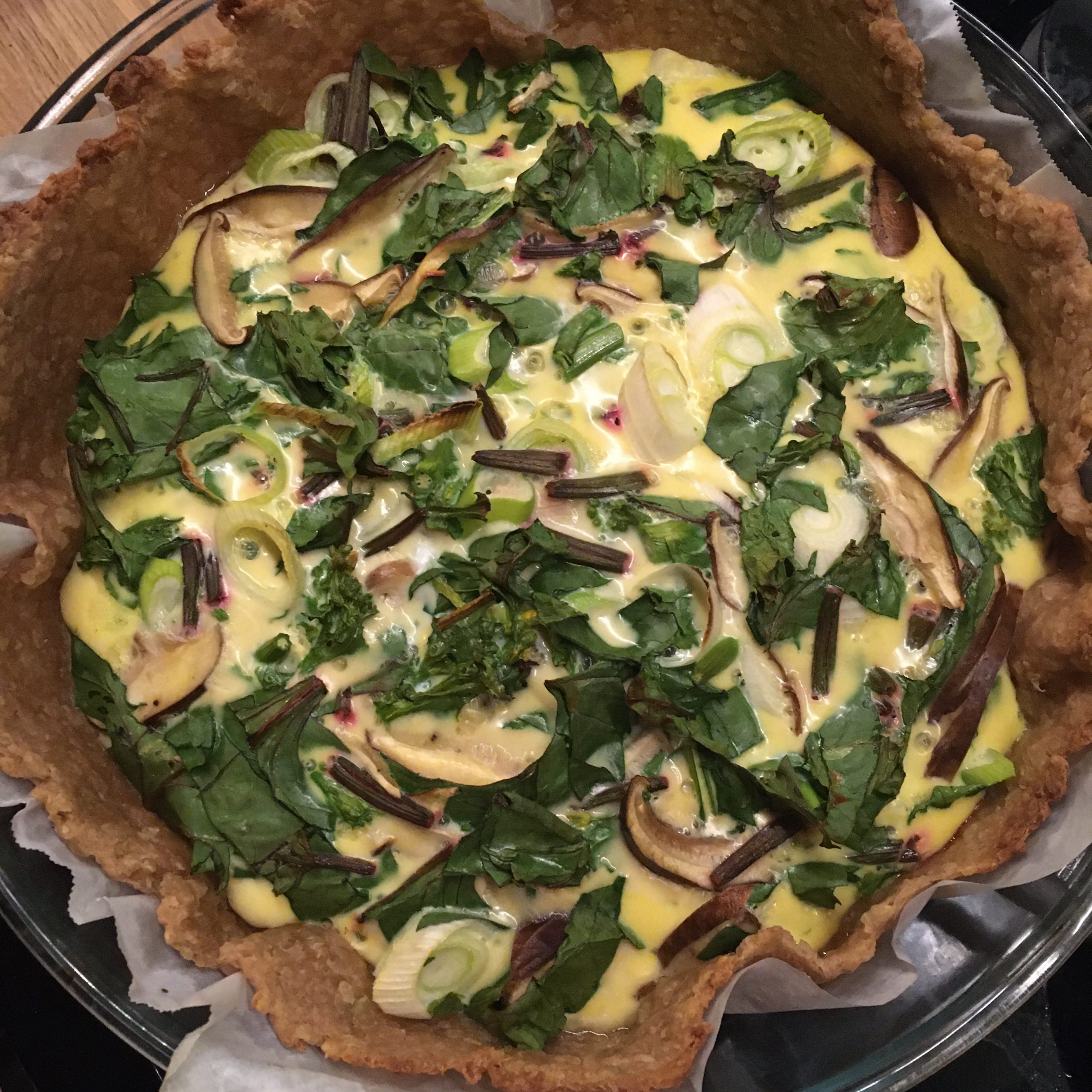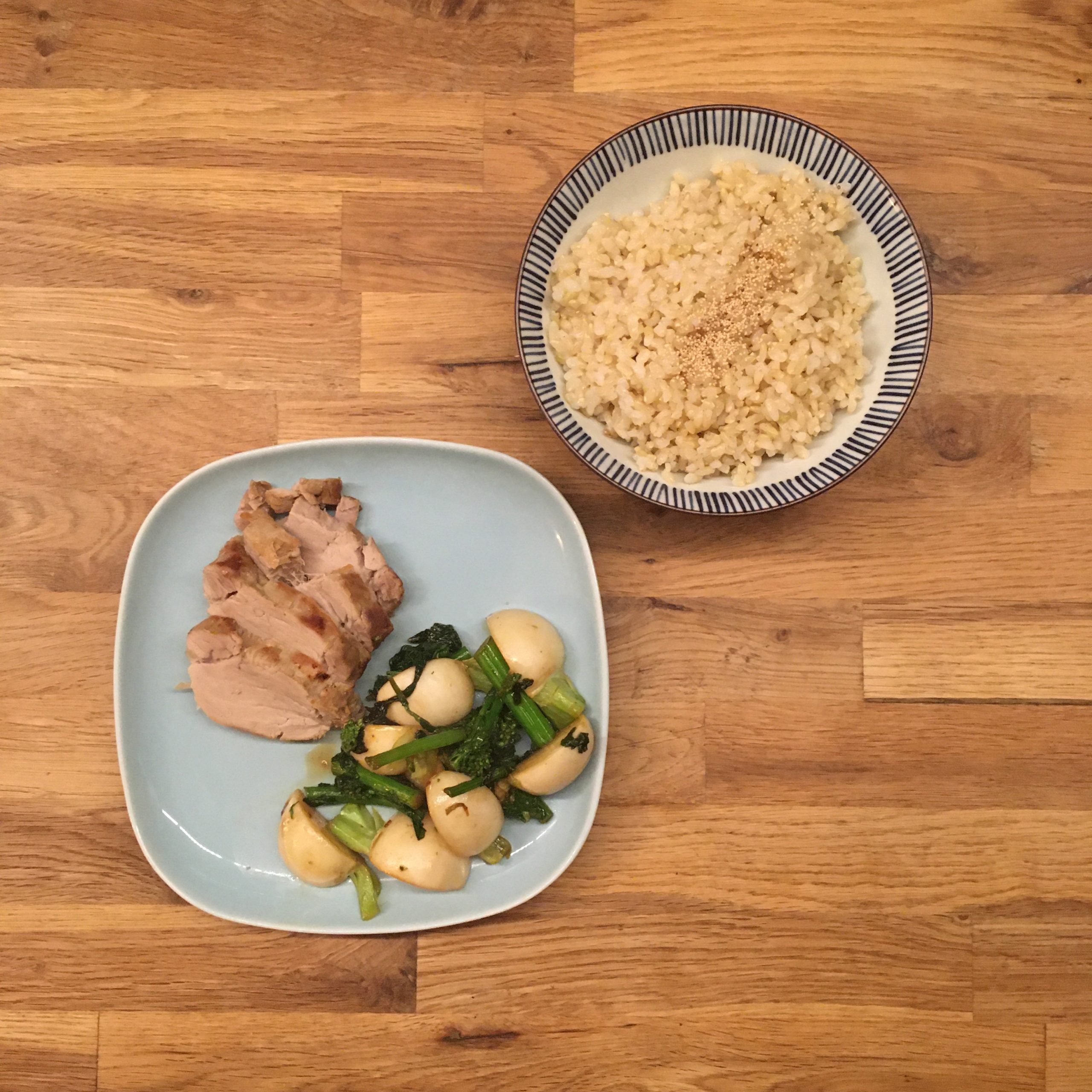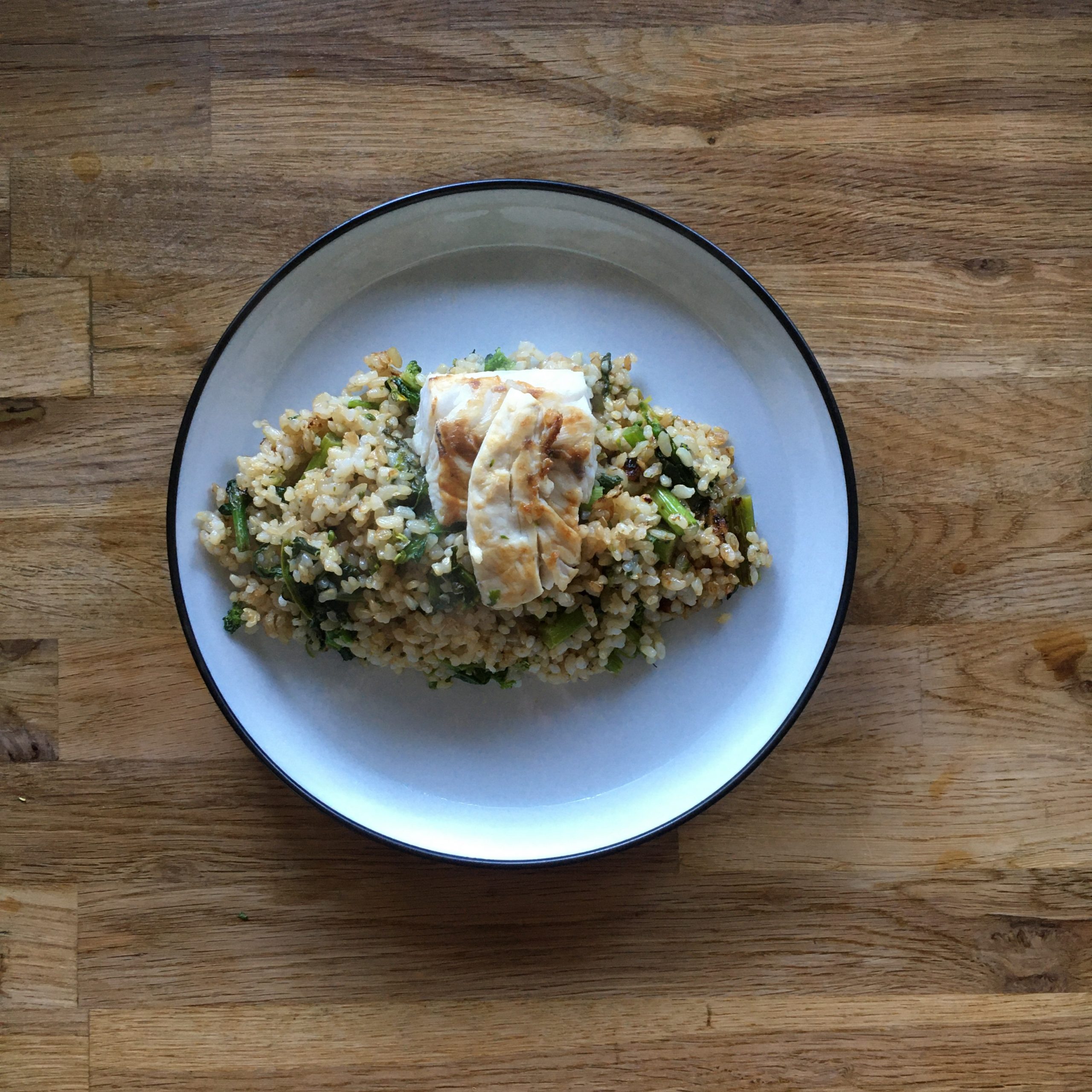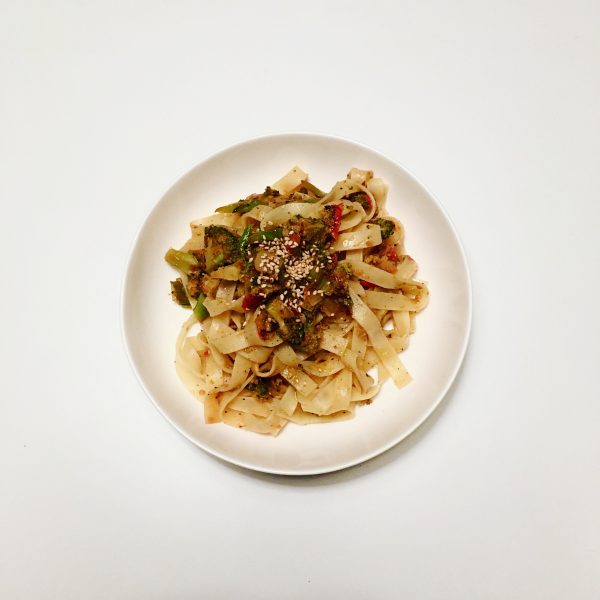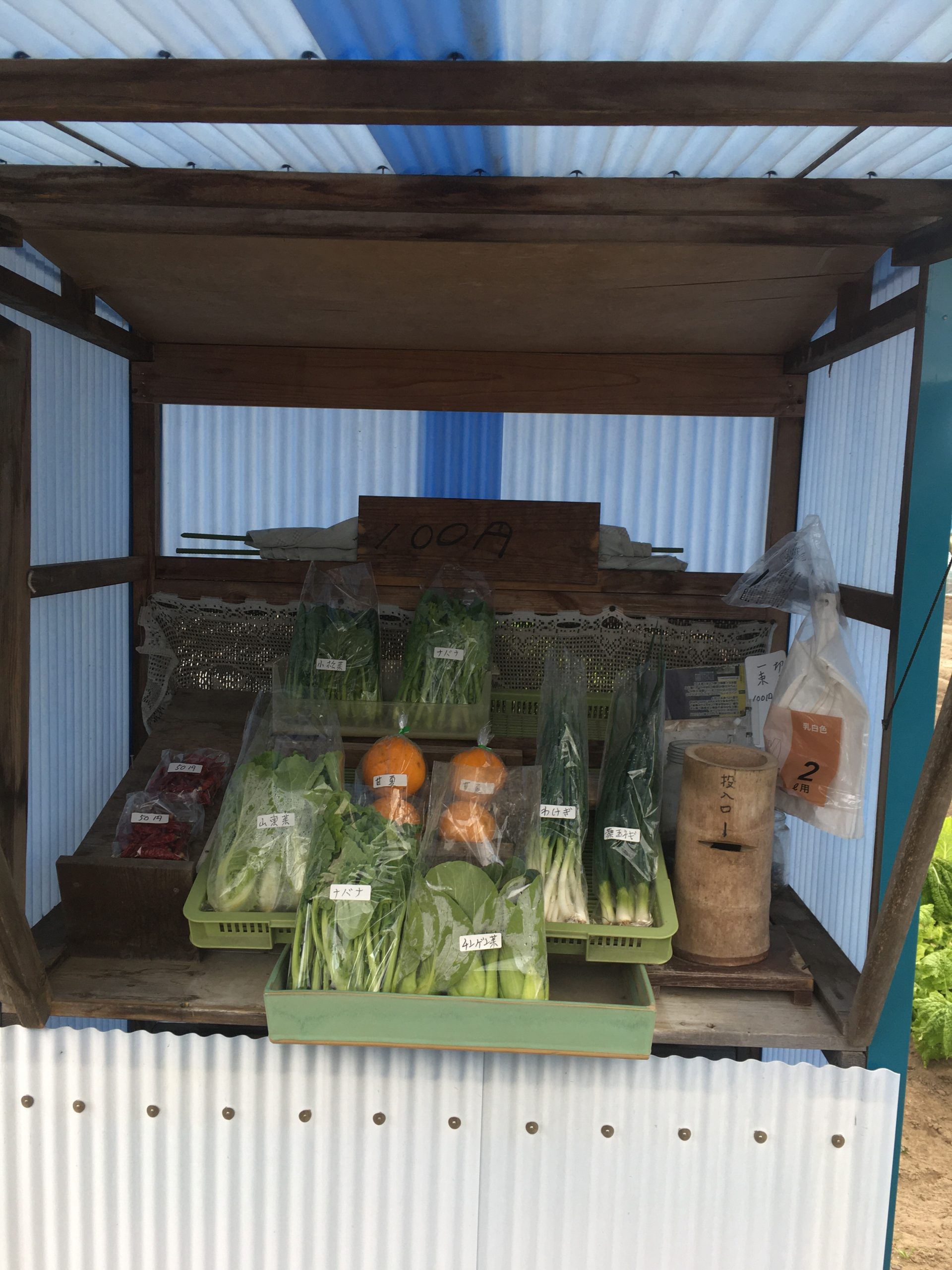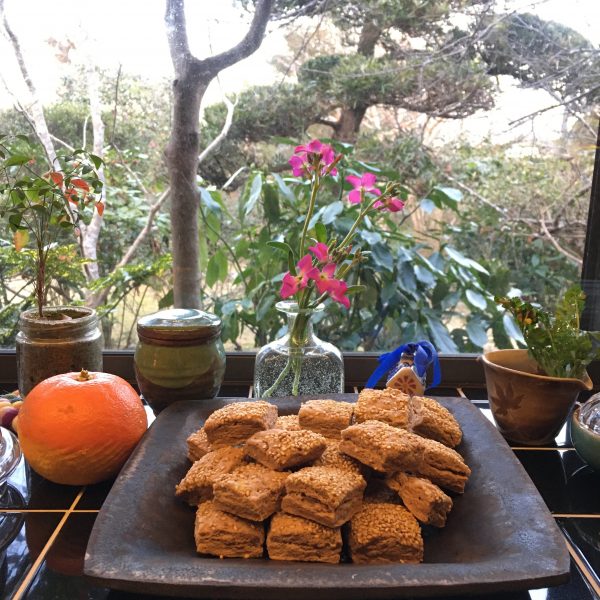Anise, fennel, star anise, and also cumin, carvi seeds and caraway seeds are some of my favorite seasoning seeds. Maybe because I grew up in the south of France where fennel grew everywhere on the path sides and it was so easy to harvest while admiring the beautiful shape of the flowers and the little white snails that would gather on the stems, that I used to call “colimaçon” but are in fact “caragouille rosee”, and chewing a piece of flower… or because of my grand mother homemade pastis, this very distinctive drink made from anise and also typical from the region. My mother would use ample fennel to stuff a fish we would have fished, and bake it with potatoes and tomatoes. A dish every one loved very much.
Funnily, in Japan this is not something so common. And I hardly have seen fennel growing anywhere in the wild. Maybe some areas do have some, or my eyes haven’t been opened enough. So most of the fennel and anise I use is either coming from my parents, or bought from the grocery. Recently I have bought quite a bit more often than usual, probably since we’ve been to Malta, to make Qagħaq tal-Ħmira… so I decided to use them to make straightforward anise seeds breads. Less elaborated than the Maltese breads and I was very very much please with the result. I must say that it is thanks to a very healthy sourdough and warmer temperatures. It goes like below for the recipe and I hope you will enjoy!
Anise breads
- 300g of flour
- 80g of sourdough
- 1tsp of salt
- Water
- 1tbs of anise seeds
The recipe is simple as can be. In a large bowl mix the sourdough the flower, the salt. Add water little by little and knead to obtain a smooth dough. Add the anise seeds and knead a little further.
Let rest under a wet clothe until the dough grows. Mine was really growing happily.
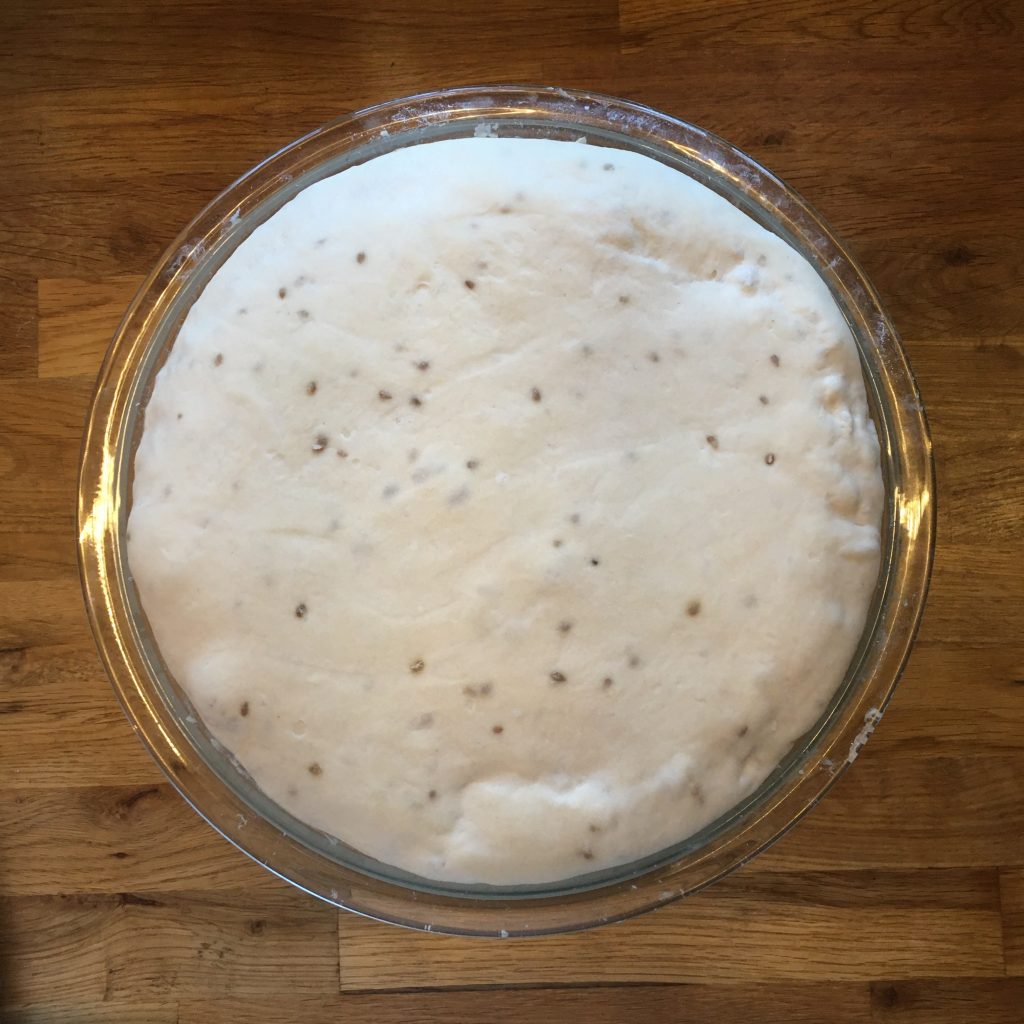
When quite fluffy move to a flat surface dusted with flour. Flatten the dough gently with your palm. Cut into 6 pieces. Make 6 balls. Then flatten and cut three ribbons and braid then. Leave to rest for an hour then bake at 240deg until golden.
